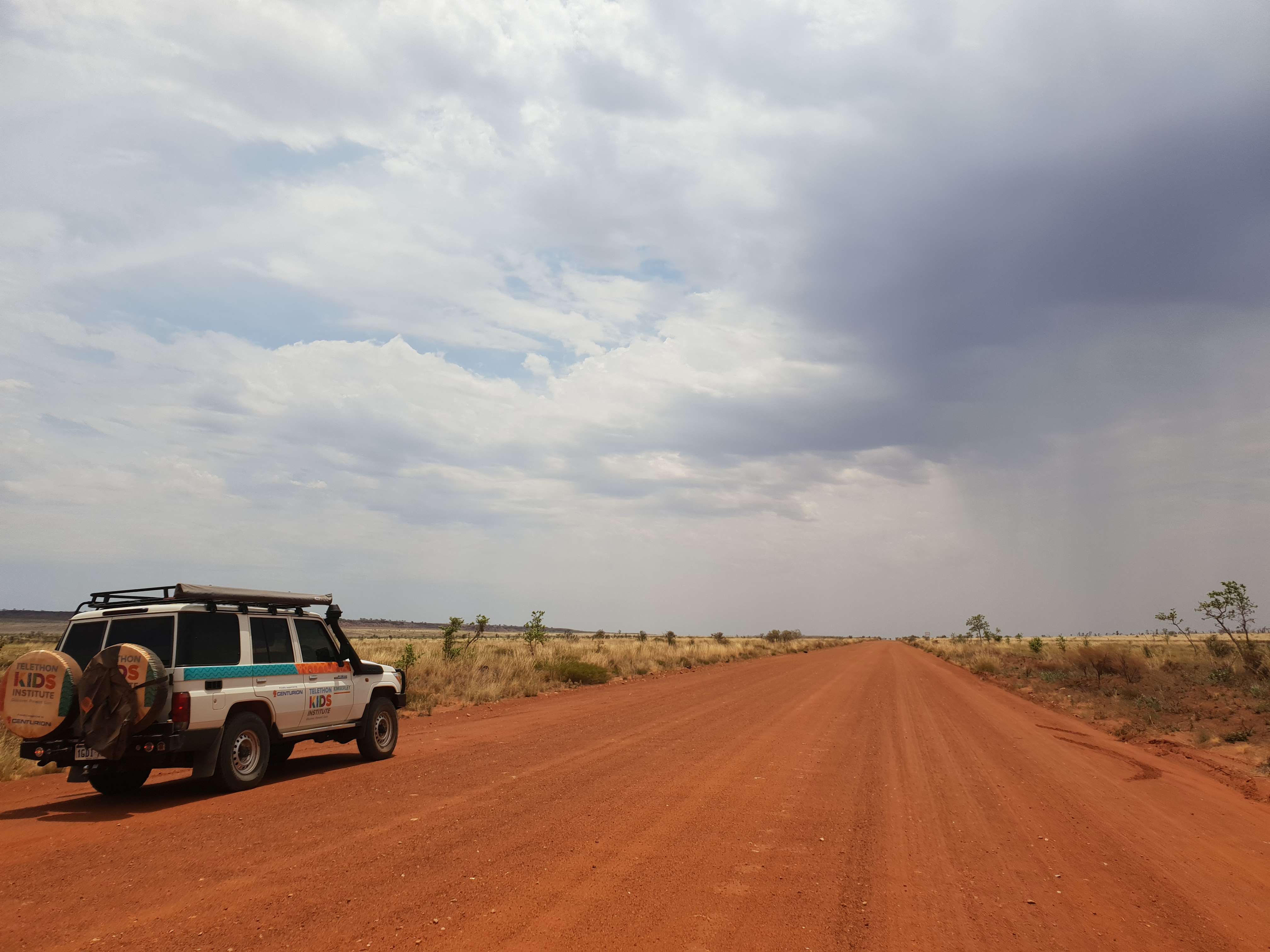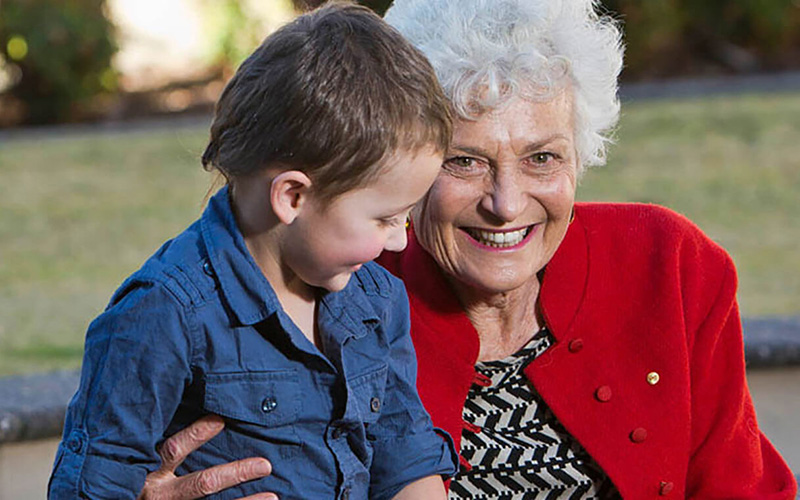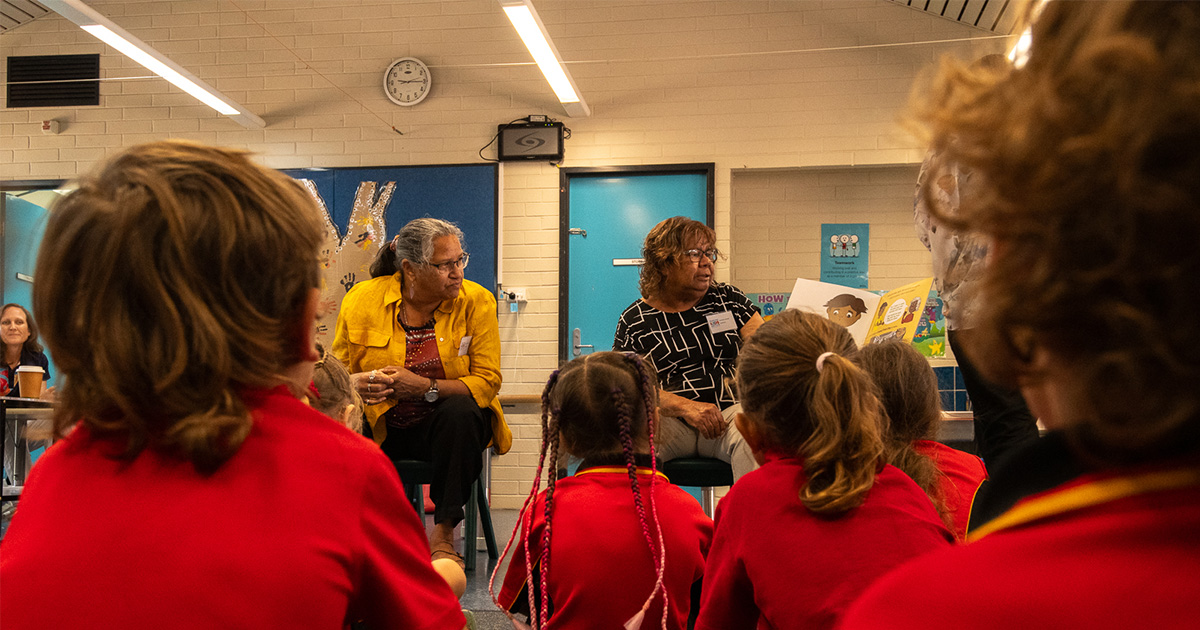Search

News & Events
Landmark study halves skin infections in remote Aboriginal kidsLed by The Kids Research Institute Australia and Aboriginal health organisations in close partnership with nine Aboriginal communities in Western Australia’s Kimberley region, the five-year SToP Trial set out to identify the best possible methods to See, Treat and Prevent painful skin sores and scabies.
Research
The social determinants of Aboriginal and Torres Strait Islander suicide...Consideration of suicide among Aboriginal and Torres Strait Islander peoples must be situated within a context that recognises the impact of racism...

News & Events
OPINION: Fiona Stanley and Dan McAullay: Close the Gap focus ignores positivesThis opinion article was originally published in the West Australian on July 20, 2023.

News & Events
New eczema storybook to promote healthy skinA children’s book – written by community, for community – has been launched in Western Australia’s south-west to help children and families understand more about one of the most common inflammatory skin conditions in children.
The WAACHS regional profiles look at all four volumes of results across the ATSIC regions of Western Australia.
The social and emotional wellbeing of Aboriginal children and young people

The Institute's Standards for the Conduct of Aboriginal Health Research outline our ways of working with Aboriginal communities and peoples.
Research
Healthy skin for children and young people with skin of colour starts with clinician knowledge and recognition: a narrative reviewSkin conditions most frequently encountered in paediatric practice include infections, infestations, atopic dermatitis, and acne. Skin of colour refers to skin with increased melanin and darker pigmentation, and reflects global racial and ethnic diversity. Managing skin conditions in skin of colour requires health equity nuance, which is rarely explicitly taught.
Research
The need for community-controlled tools to monitor health impacts of housing and living conditions in AustraliaWe explore the contemporary landscape of housing investments and initiatives seeking to improve health outcomes among Aboriginal and Torres Strait Islander people in Australia, as well as the dearth of quality evidence and agreed approaches to evaluation.
Research
An exploratory qualitative study of inter-agency health and social service partnerships focused on Aboriginal and Torres Strait Islander clientsThe siloed nature of the health and social service system threatens access for clients engaging numerous organisations. Many Aboriginal and Torres Strait Islander people face adverse circumstances which contribute to multiple health and social needs. Effective relationships between health and social services are integral to coordinated service provision to meet the diverse needs of Aboriginal and Torres Strait Islander clients.
